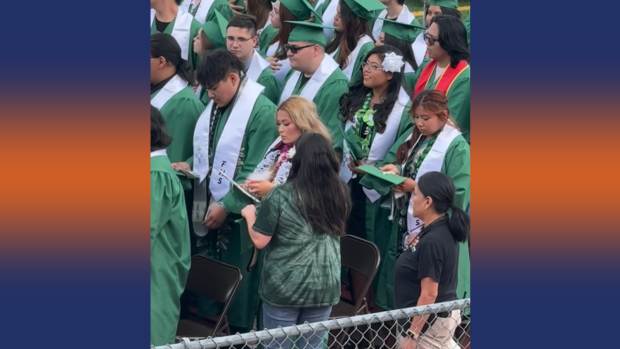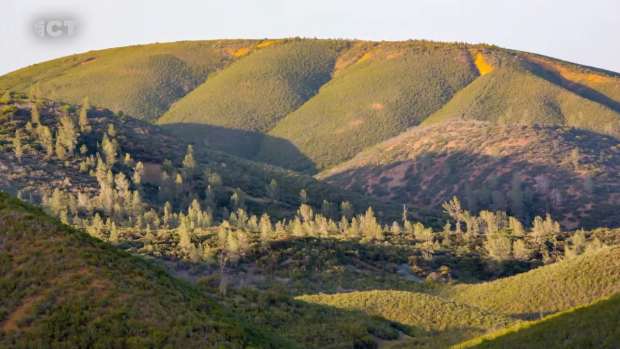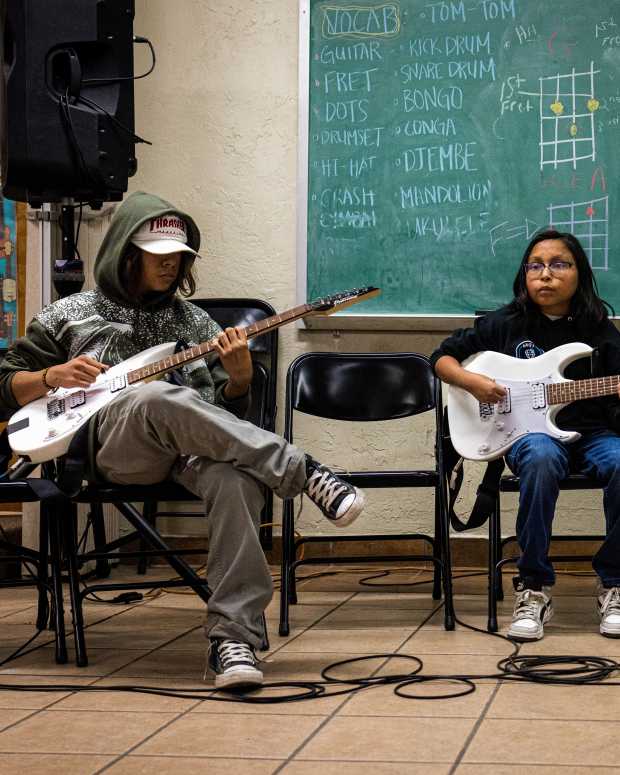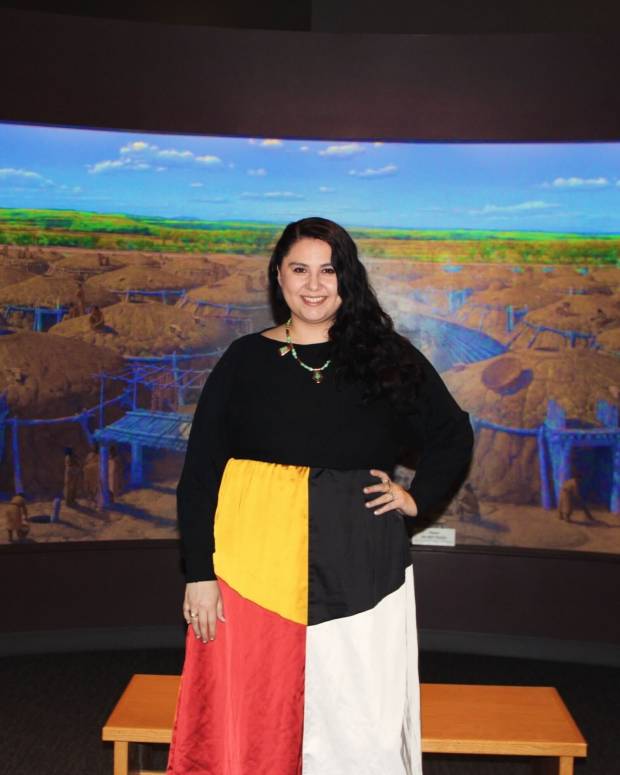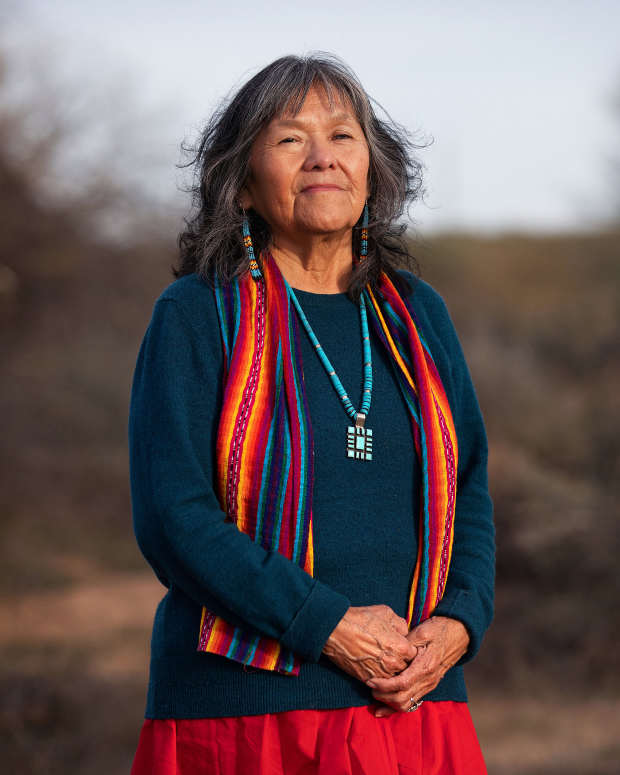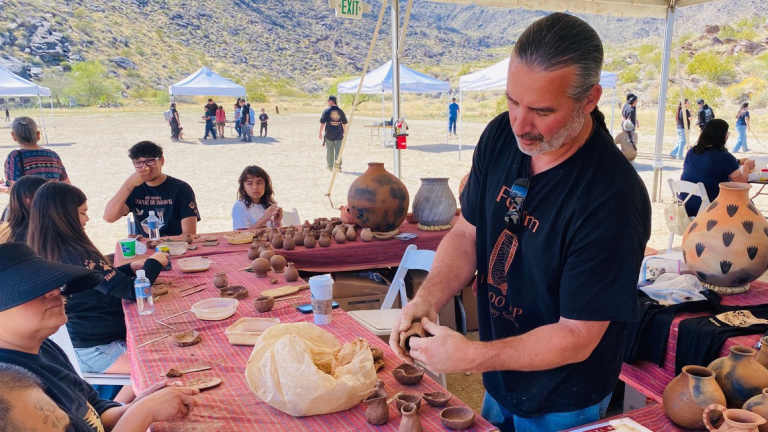
INDIGENOUS A&E: Cahuilla pottery, award winners, vintage photos
Sandra Hale Schulman
Special to ICT
The latest: Pots tell stories from desert clay, Native artists win awards, Kiowa life in black and white
ART: Pottery from tradition
A traditional potter and a flint knapper, Tony Soares, Metis/Portuguese, has been reviving the millennia-old art of Mojave Desert Indigenous pottery. Working out of caves and classrooms, he teaches how to dig the clay, dirt and water out of the desert floor to create the right mixture for pots.
“I am a potter specializing in California and Arizona paddle and anvil type pottery,” Soares told ICT at a recent booth demonstration for the Cahuilla Agua Caliente tribe. “I have also been flint-knapping for more than 40 years. I have artwork in the Springs Preserve Museum in Las Vegas, Nevada, the Pechanga Casino in Temecula, California, and many small museums around the Southwest. I was recently a flint-knapping stunt double for Jason Momoa and Wes Studi in ‘Road to Paloma.’”

Examples of pottery created by Tony Soares, Metis/Portuguese, and his pottery students made during Coahuila Learning Day. (Sandra Hale Schulman, ICT)
Soares works strictly traditional, walking into the desert flats to dig the clay and dirt, form and sift the mixture, paddling the ball of clay and then rolling it into small, smooth cylinders to layer around the foundations to form the walls of the vessels. Using his hands, he smooths and shapes it using a wooden paddle and anvils.
At the booth he instructed young kids and elders, handing them balls of wet red clay to start the pots. Works in process rested on round stands he made from palm fronds to keep them from rolling away. After the pots are painted with animals, shapes or figures using natural pigments and then fired, stones may be used to polish the exteriors; interiors are cleaned with scouring pads made from dogbane fiber.
It's serious work and the result is beautiful, earthy, museum-worthy pots.

Nicholas Galanin (bottom right), Sitka, discusses his "Never Forget" art, a huge Indian Land sign in Palm Springs, Calif. (Sandra Hale Schulman, ICT)
Read More
AWARDS: Artists and designers honored
The Guggenheim Fellows for 2024 have been announced by the John Simon Guggenheim Memorial Foundation. This year’s winners include several Indigenous artists selected via a rigorous peer review process from nearly 3,000 initial candidates.
The winners include Lewis de Soto, Spanish and Cahuilla, who creates sculptures using tricked-out autos; Nicholas Galanin, Sitka, creator of “Never Forget,” the huge Indian Land sign in Palm Springs; and Dyani White Hawk, Sicangu Lakota, whose exquisite quillwork has been shown in museums.
The Museum of Indian Arts and Culture in Santa Fe has also announced a recipient of the 2024 Living Treasure and Legacy Awards, which honor Native American artists who have made outstanding artistic contributions to the field of Indigenous arts and culture.

Tantoo Cardinal, wearing the special dress designed for her by Taos Pueblo fashion designer Patricia Michaels, closes out the 2023 Southwestern Association for Indian Art Gala fashion show at Santa Fe Indian Market. The dress was designed for her to wear to the premiere of the film, 'Killers of the Flower Moon,' in Cannes, France. (Photo by Shayla Blatchford, courtesy of SWAIA)
The winner is Patricia Michaels, Taos Pueblo, who is known for her stunning haute couture designs. She was in the Emmy Award-winning season 11 of “Project Runway” in 2012, and made the special dress worn by Tantoo Cardinal for her red carpet appearance in Cannes. Michaels will be celebrated with a solo exhibition in the spring of 2024.
PHOTOGRAPHY: Kiowa life in photos
On display in Palm Springs on tribal land, one of the first professional Native American photographers of the early 20th Century, Oklahoma-born Horace Poolaw, Kiowa, 1906–1984, captured unique images of Indigenous culture in black-and-white film.

The traveling exhibition of Native photographer Horace Poolaw's work is on display through December at the Agua Caliente Cultural Museum in Palm Springs, Calif., and celebrates "Poolaw’s subjects’ place in American life." (Photo courtesy of the Agua Caliente Band of Cahuilla Indians)
In the show, “For A Love Of His People: The Photography Of Horace Poolaw,” he photographed his friends and family at funerals, parades, rodeos, fishing, driving cars, going on dates, going to war, and playing baseball. He then sold his photos at fairs and community events, stamping the reverse: "A Poolaw Photo, Pictures by an Indian, Horace M. Poolaw, Anadarko, Okla." Not just by “an Indian,” but by a Kiowa man rooted in his community.

The traveling exhibition of Native photographer Horace Poolaw's work – including this phot of a Kiowa girl – is on display through December at the Agua Caliente Cultural Museum in Palm Springs, Calif. (Photo courtesy of the Agua Caliente Band of Cahuilla Indians)
Poolaw's work celebrates his people’s place in American life and preserves an insider's perspective on a rarefied world – Native America life on the Southern Plains during the mid-20th Century.
The traveling exhibition of his work is on display through December at the lobby gallery space at the Agua Caliente Cultural Museum in Palm Springs, and “celebrates Poolaw’s subjects’ place in American life,” says Kate Anderson, director of public relations for the tribe. “Poolaw photographed friends, family, and numerous social events and activities over a 50-year period … often documenting Native people’s day-to-day lives in an era when this was not commonplace.”
Our stories are worth telling. Our stories are worth sharing. Our stories are worth your support. Contribute $5 or $10 today to help ICT carry out its critical mission. Sign up for ICT’s free newsletter.

